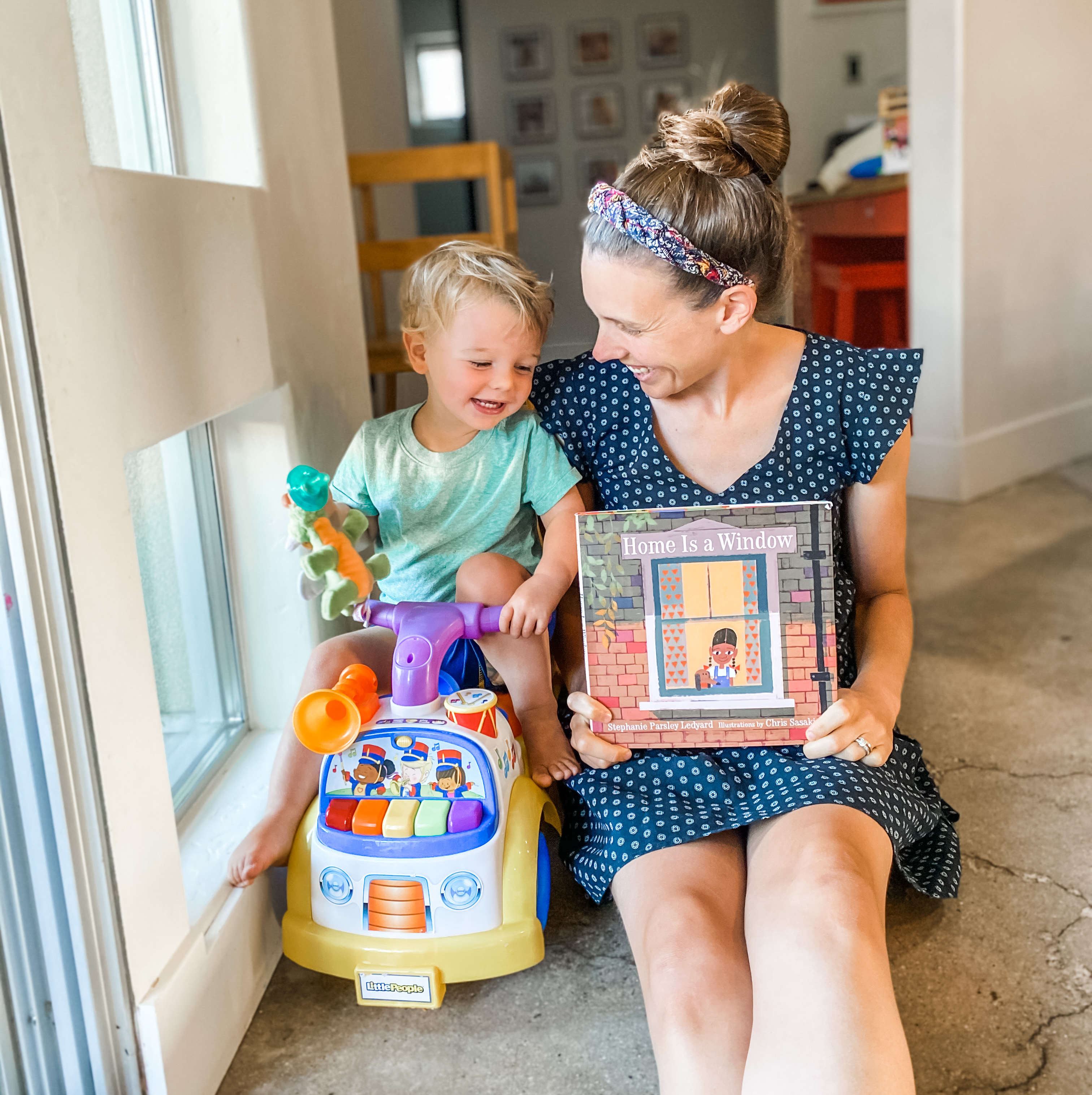When I think of home, I think of summer. I think of humid afternoons in the backyard, and a wild chorus of locusts. I think of thunderstorms over Lake Michigan, and neighborhood kids playing kick-the-can in the alley behind my parent’s house. I think of lazy mornings at the beach, and tennis matches with friends, and driving down Lakeshore at night with the windows down.
I lived in the same house for my entire childhood. From one to eighteen, I spent every summer catching fireflies on the same porch, trading hellos with the same neighbors, and riding my bike around the same block. I have also held on to a lot of my friends from back home. Some of my friends from high school, were also my friends in elementary school, and even in preschool. Knowing someone for that long makes them family, and even if you don’t talk for months, or even years, you’ll still always really know them.

This summer will be the first summer in my life that I won’t be going back to my parent’s house, and to my hometown. It will be the first summer that I don’t get to check back in with those high school friends, and the first summer that I won’t take an evening walk to the beach with my parents and siblings.
I know that this isn’t exactly a tragedy, especially considering what so many other people are going through right now, but it feels like an important turning point in my life, and a moment for reflection, on what it really means to be “home.”
Home is a Window by Stephanie Parsley Ledyard is the story of a little girl who has to say goodbye to her beloved family home, and discover a new one; one that holds a lot of possibility, but even more uncertainty. The book reads like a poem, and implies the journey more than describing it outright. (Which, I think, is a lovely way to introduce young children to a more complex mode of storytelling.) The illustrations are lovely, and allow the reader to really feel the attachment the young girl has to both her old home, and tiny pieces of her new one.
Every time I read this story, I can’t help replacing all of the details of the girl’s home with details from my own. Her sleepy and stoic dog is, of course, my beloved childhood Springer Spaniel, who was a pillar of comfort for me during so many of my own life transitions. Her dinner table, is the table in my living room, set for Thanksgiving, bursting with food, and occupied by three grandparents who are no longer with us. The closet the girl hides in is the coat closet in my parent’s hallway, that contained a “secret” door to an even better (albeit somewhat spooky) hiding place. Her first home, the one that “feels the same each day,” is my first home: the one that still feels the same to me, when I return to it every year as an adult.
When the girl from the story moves, just as I left for college, and then for California, almost everything changes. It’s scary, and it’s exciting, and it’s very very uncertain. But the girl’s family, and her dog, and her brother (who she honestly doesn’t seem that interested in) are still there, and even though the window frames at her new home aren’t the same, the images of love and comfort that they reveal certainly are.
So, as I sit here on the couch in my home in California, while my parents, who drove for THIRTY HOURS to be here with us for a few weeks this summer chase my kids around the living room, I try to remember that I may be looking at this summer through a different window, but what I’m looking at hasn’t really changed that much at all.
Home is a Window & Other Books About Home (Click to Purchase):


